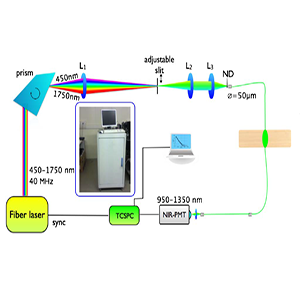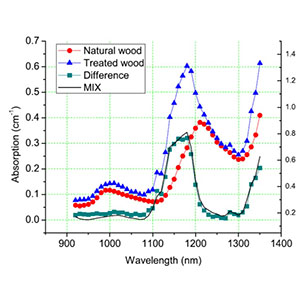Using timber as a construction material can result in lower fossil energy demands and significant cuts of GHG emissions compared to non-renewable alternatives such as steel and concrete. However, the "prejudice" of timber regarding high combustibility, low durability and extensive maintenance still persists in the minds of consumers, which calls for our efforts on exploiting more reliable timber-based products.
Our research is focused on chemical modification timber-based materials for better macroscopic properties. We are developing approaches to combine complex functional materials (aqueous natural polymers and dynamic shear-thinning gels) with natural long-fibre structural material (timber or bamboo). For instance, a supramolecular polymer network constructed from natural polymers (guar or chitosan) has been used as a "green" consolidant for preservation of waterlogged archaeological wood (this has been used on wood from the Mary Rose), with improved structural stability and biological resistance (1).
Impregnation is one of the modification methods we are using for treating intact timber with functional polymers. Therefore, we are quite interested in understanding the transport process of fluid in wood, with consideration of the variable intrinsic properties of wood such as permeability, porosity and density.
Recently, we have demonstrated a noninvasive method to monitor the uptake of a monomer inside a wooden matrix by time-resolved diffuse optical spectroscopy, which can be potentially applied in wood industry for the study of polymer composites as well as in cultural heritage science for nondestructively monitoring the penetration of chemical compounds used for consolidation or conservation purposes (2). Currently, we are also developing other in-situ approaches to monitoring the flow in wood in order to study the permeability and porosity effect on impregnation.


In short, the underlying theme of our research lies at the interface between chemical modification on molecular level and macroscopic properties at the materials level, aiming to develop nature-based functional materials for building industry and heritage preservation.
(3) Walsh, Z.; Janeček, E.-R.; Jones, M.; Scherman,O. A. Stud. Conserv. 2014.
